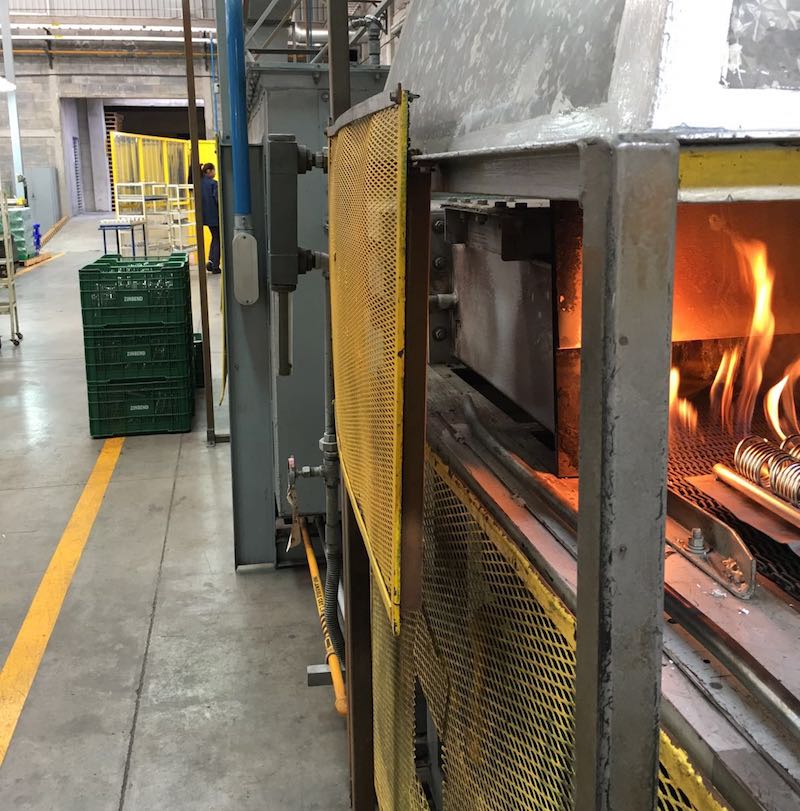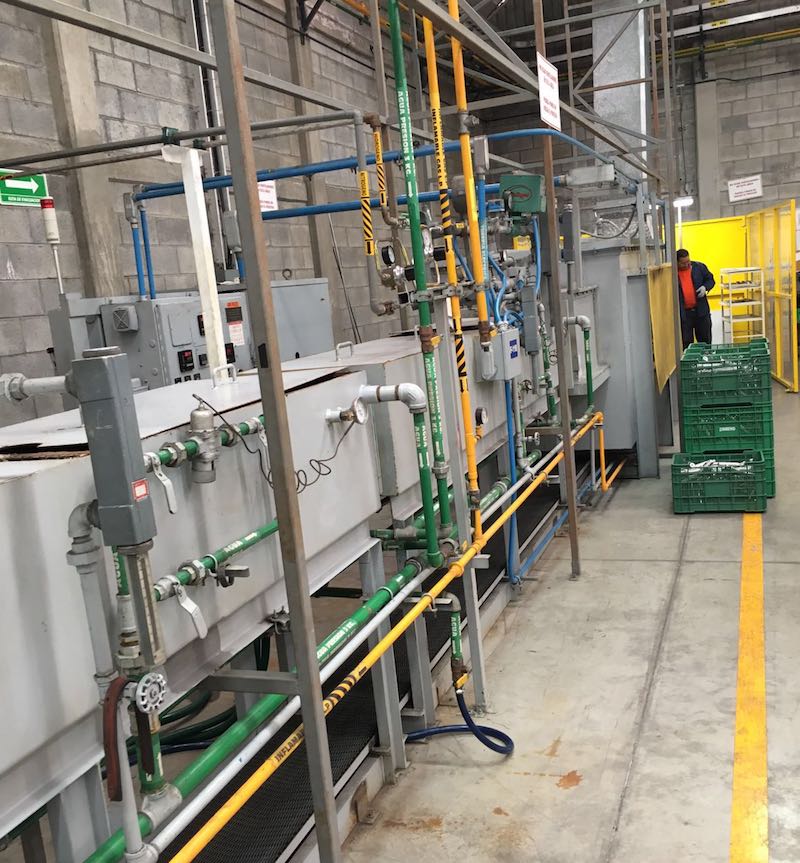The Benefits Of Controlled Atmosphere Brazing
Controlled atmosphere brazing (CAB) is a joining technology that uses a molten filler metal – such as copper or silver – to bond two materials. Unlike regular brazing, CAB is conducted in a special atmosphere. This allows the filler metal to solidify and seal a joint without oxidizing.
Brazing can be ideal for companies that need to produce small, complex parts or components in large quantities. Brazing is also a good solution for joining large, oddly shaped parts. CAB is good for products where the choice of filler metal is limited by oxidation concerns. In many scenarios, CAB is cost-effective.
Controlled Atmosphere Brazing Advantages

Controlled Atmosphere Brazing (CAB) is similar to regular brazing in that:
- Brazing is ideally suited to butt and lap joints, offering unparalleled strength
- Brazing facilitates uniform material strength, as the process is slow and promotes even sealing
- Brazing often eliminates the need for epoxy
- Brazing allows for unique assemblies that would be difficult to manufacture using other techniques
Unlike regular brazing, controlled atmosphere brazing can occur in either a special gas atmosphere or a vacuum. This is beneficial when oxidation may reduce joint strength and/or have a negative cosmetic effect.
Common atmospheres used are either inert gas or a vacuum. However, there are a large number of possible atmosphere options. Additionally:
- Brazed products often retain a clean appearance longer than other methods
- Brazed products can have a low unit cost when used in mass production, as multiple joints can be brazed at one time
- CAB is fluxless brazing, eliminating the need for post-braze cleaning and further reducing costs
Brazing Notes

Because brazing requires a considerable amount of heat, it is best suited to products that are heat resistant. Automobile parts, farming equipment, and furnace components are examples of parts and components that may need to frequently withstand temperatures of 350 degrees or greater, so they are ideal candidates for this technology.
These are some of the parts and materials best suited for CAB:
- Small parts, starting at two inches
- Large parts too – some brazing furnaces can hold parts up to 5 feet in length with a height of six inches and a width of 12 inches
- Parts that require high joint strength
- Carbon steel
- Cast iron
- Stainless steel
- Nickel alloys
Questions To Ask Your Manufacturer

If you’re searching for a manufacturer to provide controlled atmosphere brazing, there are some important questions to ask beyond the standard cost and production concerns:
- What CAB gases are available?
- What are controlled atmosphere gas purity levels, and how do these purity (or impurity) levels impact joint quality?
- What power source (gas or electricity) is used to heat the brazing furnace? Energy costs are a big part of brazing costs, and knowing the source of heat is a good way to predict cost changes.
- Does your company have engineers on staff to help address problems as they come up?
- What are the pre-cleaning procedures for brazing?
- How much experience does the manufacturer have with CAB?
For applications that require clean, strong joints – large or small and intricate – controlled atmosphere brazing might be the best option. However, it’s important to make sure your manufacturer has adequate knowledge and experience. Because brazing often involves large quantities of parts, mistakes can be enormously expensive. Experience counts.
Last, if you are looking to contract with a manufacturer in Mexico, check out this article as well.
